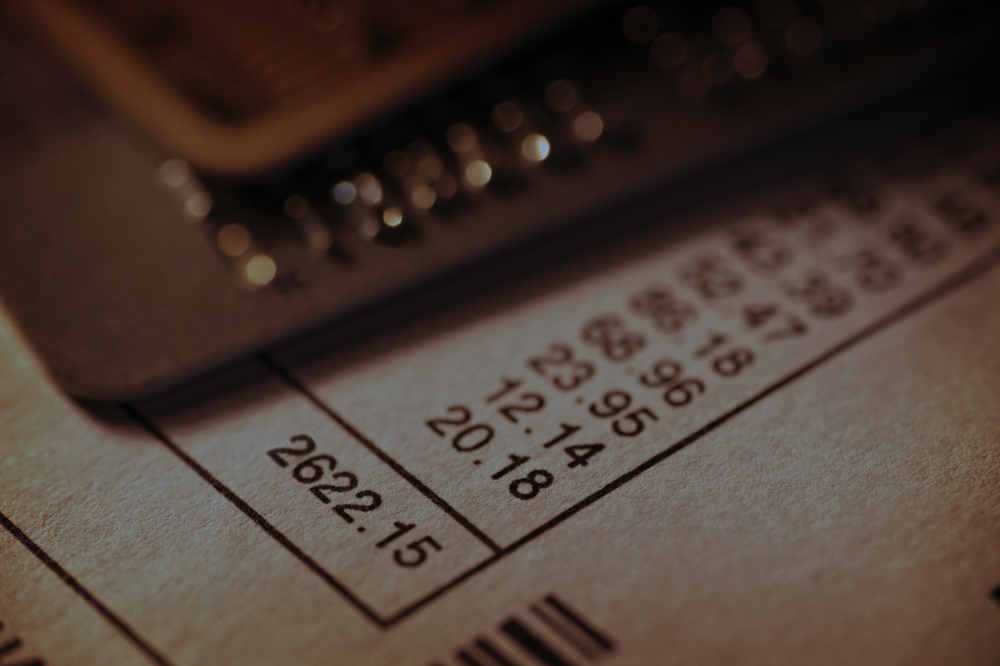Learn how to read your credit card statement, so you know how to manage your spending in a much better way!
Knowing how to read your credit card statement is essential for responsible usage of your credit card. It allows you to track your spending, identify unauthorized charges, regulate your credit utilization ratio, and maintain a healthy financial life.
Let’s talk about the different informations provided on your statement, so you can understand how it works. Also, if you want to check out more financial tips on our website, you can click on this link!
What Is A Credit Card Statement?
It is a detailed record of your credit card activity for a specific billing period. It usually arrives monthly by mail or email. The statement summarizes your purchases, payments, fees, and current credit card balance and limit. Keep in mind that, transactions made after the closing date will appear on the following month’s statement.
How to Read Your Credit Card Statements
It provides valuable insights into your spending habits and credit card activity, such as:
- Account Summary: provides a quick overview of your current balance, minimum payment due, credit limit, and statement period;
- Transaction History: details all your purchases made during the billing cycle, including the date, merchant name, location, amount, and transaction type (purchase, cash advance, balance transfer, etc.);
- Payments: lists any payments made towards your credit card balance during the billing cycle;
- Available Credit: reflects the remaining credit limit available for you to use after accounting for your current balance;
- Fees: outlines any charges incurred during the billing cycle, such as late payment fees, annual fees, foreign transaction fees, or balance transfer fees;
- Minimum Payment Due: is the minimum amount you need to pay by the due date to avoid late payment penalties. It’s important to note that paying only the minimum will accrue interest charges on your outstanding balance.
Tips
- Start by examining your current balance, minimum payment due, and credit limit. This provides a high-level understanding of your credit card status;
- Meticulously examine each transaction listed. Ensure you recognize all the merchants and amounts. Look for any unauthorized charges or discrepancies. If you find something suspicious, contact your credit card issuer immediately;
- Carefully review any fees charged. Understand the reason behind each fee and explore ways to minimize them in the future (e.g., paying your bill on time to avoid late payment fees);
- Figure out the amount you can afford to pay towards your balance. Ideally, try paying more than the minimum payment to reduce your outstanding balance and minimize interest charges.
How Long to Keep Credit Card Statements
It’s recommended to keep your credit card statements for at least one year, once it can help you in situations like:
- Dispute Resolution: in case of billing errors or unauthorized charges, you’ll need your statement as evidence to contest the charges with your credit card issuer;
- Tax Purposes: your credit card statement might reflect tax-deductible purchases, and having them readily available can be helpful during tax season;
- Monitoring Credit Activity: maintaining a record of your statements allows you to track your spending patterns and identify potential fraudulent activity over time.

